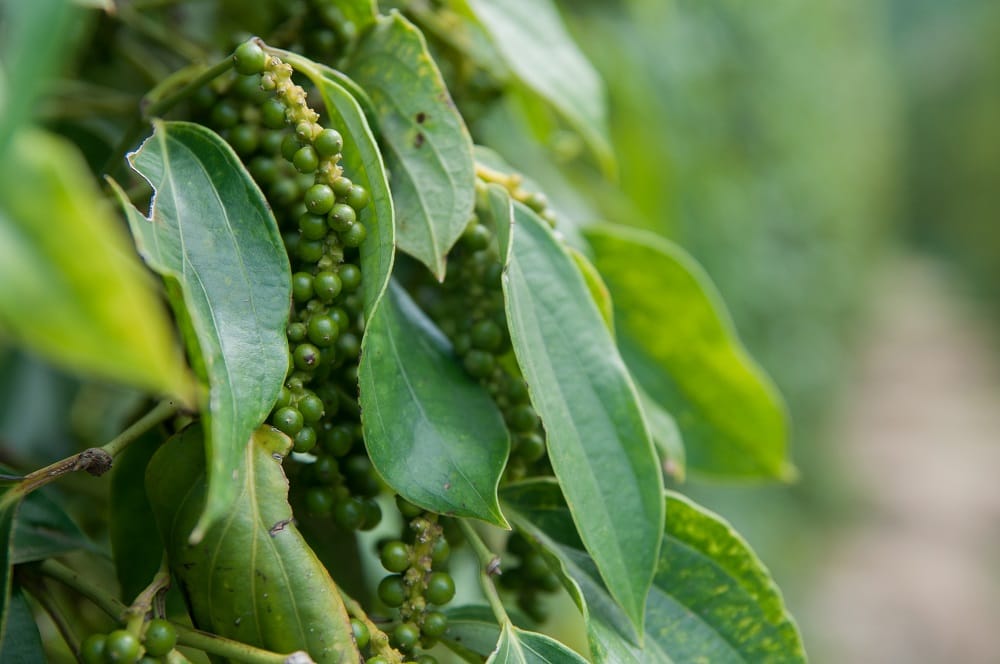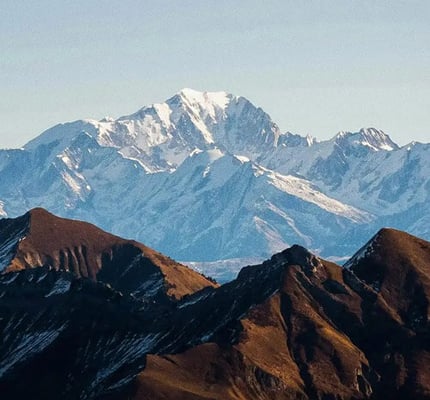Lightfoot Travel
WhatsApp Business Account

When Putsa Thea, the leisure concierge at Alila Villas Koh Russey in Cambodia asked me if I was sure my three-year-old son could handle the trip to Kampot, I hesitated.
“It’s a long day, and the roads are bumpy,” he advised. “And can he handle spicy food?”
But Putsa didn’t know that my husband and I had already hiked through Bryce Canyon in Utah with Sammy on our backs, driven him across the Negev desert in Israel, and that he’d eaten everything from molé to spicy grasshoppers in Mexico City.
“He can handle it, we’re not worried,” I assured Putsa.
So early the next day we voluntarily left the copper sand beaches of Koh Russey (which translates to Bamboo Island) by speed boat and headed to Sihanouk, on the mainland. From there, we set off for the two-hour drive east to Kampot (Kampot is also about two hours south of Phnom Penh). For the first 20 minutes the roads were fine, but they soon turned to dirt and were filled with potholes. The rain didn’t help either, and muddy pools developed around us. We drove through small villages with a few roadside stalls and temples, and I pointed out the plastic bottles filled with gasoline that hawkers sold to passing rickshaws and motorcycles.

After an hour, the dreary landscape turned suddenly beautiful: green mountains appeared, with lush plants cascading down them. This was Bokor National Park, and Sammy pressed his face against the glass. We soon reached the small city of Kampot, which we drove right through, and then found ourselves in nature— and on a bumpy dirt road — once again. Putsa pointed out the stunning Brateak Krola Lake, also known as Secret Lake, surrounded by mountains and palm trees.
Finally, we reached our destination: La Plantation, a 20 hectare organic farm specializing in growing peppercorn. Sammy was thrilled to get out of the car and we all made our way up the stone path to a large pavilion. La Plantation is one of several Kampot peppercorn farms in the region, but it’s one of the few that allow visitors, and the only one that offers organised tours and tastings in various languages (including English).
After being given plates of dried bananas and peanuts sprinkled with piquant crushed peppercorn — a truly delightful snack that Sammy devoured — we gathered around a long table with other visitors and learned about the history of peppercorn in Kampot. Sammy sat rapt for the entire presentation, although there was plenty of room for him to wander around if he hadn’t been so intrigued.

We learned that peppercorns have been growing in Kampot since the 13th century and they became prized for their exceptional quality, flavour, and spice. In the 19th and early 20th century, the French developed pepper growing on an intense scale in the region and during that time, Kampot pepper was mainly exported to France, carrying a reputation among chefs of being top quality.
But during the Cambodian Civil War in the 1970s, much of the land was destroyed and the pepper plants were abandoned. It took until the 2000s for farmers to get back on their feet and begin planting and harvesting again. The year 2010 was a pivotal moment: Kampot pepper became the first Cambodian agricultural product to be granted PGI (protected geographical indication) status. French couple Guy and Nathalie Porré launched la Plantation in 2013. Today it’s one of the largest pepper plots in the region, with 22,000 Kampot pepper posts that are hand-harvested.
Next came the tasting, and we all eyed the various glass bottles filled with different coloured peppercorns around the table. We all know about black pepper, of course, but there’s also green, red, and white peppercorns — and they all grow from the same plant, we learned. The different colours come with the time of harvest and how the peppercorns are processed after being picked. Have you ever eaten a plain peppercorn? We hadn’t, and definitely not one this fresh and of such high quality. The flavours were intense. They were spicy yes, but there also notes of other flavors like eucalyptus, herbs, and fruit. As plate after plate of peppercorns went around, Sammy tried them all. His lips puckered, his nose scrunched up, and his eyes began to water. But he kept going, even trying the white one, which was the spiciest.

“Bring the baby a banana!” our guide cried, and someone ran over with one of the region’s deliciously juicy small bananas. Sammy was fine, but he ate the banana anyway because they’re among his favourite fruits.
Sammy is a flavour lover: I always need to put salt and pepper or other spices on his food for him to enjoy it. This is true of most kids — they are human, after all. And most of us don’t enjoy bland food. Still, many adults assume children can’t handle spice. But food is an adventure of its own and if given the chance to try different foods, cuisines, and dishes, people usually gravitate toward the flavourful ones and children are no different. Well, at least Sammy isn’t.
After the tasting, we got to walk through the farm itself, passing by passion fruit vines, banana trees, and turmeric plants along the way. When we reached the leafy pepper plants we discovered they grow along wooden poles, with the peppercorns cascading down along the stems. We were there in December and the peppercorns were bright green. They were currently harvesting some of them for the fresh green season, while leaving most of them on the vine to further ripen. In January, they begin to harvest the more mature ones, which are then dried until they turn black. There were baskets full of freshly harvested green peppercorns dotting the fields and Sammy ran his hands through the little balls, even popping more into his mouth.

Finally it was time for lunch, and La Plantation has two restaurants cooking French and Cambodian pepper-flavoured cuisine. We dined on traditional Cambodian Nom Krourk (rice and coconut spherical pancakes) studded with green peppercorns, Fish Amok curry saturated with spices, and green vegetable curry with red long pepper, another variety grown on the farm. For dessert, the farm makes its own ice cream, with many flavours incorporating peppercorns. Sammy loved the dark chocolate with black pepper flavour, while I couldn’t get enough of the vanilla ice cream with red pepper.
On our drive back to Sihanouk, Sammy immediately fell asleep in the car — it was a long day of adventure for his tastebuds as much as his mind. He missed our stop at the market in Kampot city, where we stocked up on bags of peppercorns to bring home and watched locals hawk everything from dried shrimp to stinky durian to live ducks.
When we returned to Alila Villas Koh Russey that evening, Putsa told all his colleagues about the little American boy who had eaten all the pepper. By the next morning, Sammy was famous on the island for being the youngest guest to try all four pepper varieties. I hope that Sammy will always seek out flavour in his life and I plan on doing as much as I can to help him experience as many adventures as possible. After all, adventure is the spice of life!
ColomboGalle FortSri Lankan SafarisCultural TriangleSri Lanka
